
It’s time to sing the praises of another of Malaysian’s picturesque smaller towns, as part of our ‘A place in Malaysia you’ve probably never heard of‘ series – this time it’s the town of Kuala Sepetang.
Home to the first railway station in the country, Kuala Sepetang, formerly known as Port Weld, is located about 70km from Ipoh. The railway line, built in 1885, ran between Taiping and Port Weld, which was once a thriving harbour for trade. Eventually, the water levels in the area became too low for ships to dock, so the harbour and the train station were deserted. All that’s left of the railway station now is the ticketing booth and the signboard.
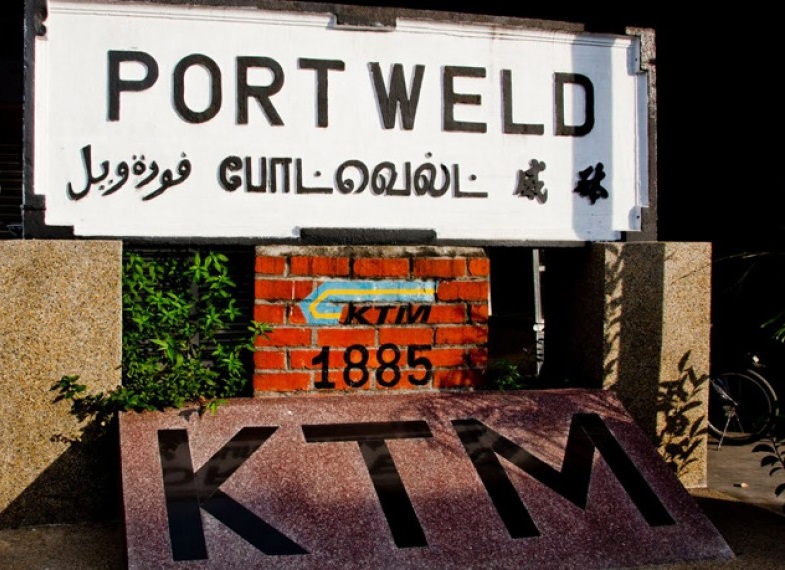
Kuala Sepetang, which is a coastal town, thrives as a fishing village that specialises in crustaceans, as the nearby Matang Mangrove Forest Reserve and mudflat region is a hotspot for crabs, shrimps, lobsters and other shellfish.
The Matang Mangrove Forest Reserve, which spans over 43,000 hectares, is alive with local wildlife, including some rare species of birds and trees, and was gazetted as a Permanent Forest Reserve in 1906. Now it is recognized as one of the most well-managed mangrove ecosystem in the world. Scientists have set up a bird rehabilitation centre on the northern tip of the forest and silviculture programs are run by the Perak State Government to cultivate and maintain the trees.
The reserve is also home to a small population of rare pheasant called the Great Argus Pheasant, known locally as Kuang. These pheasants like to stay low when moving and only take short flights between low hanging branches of the mangrove trees.
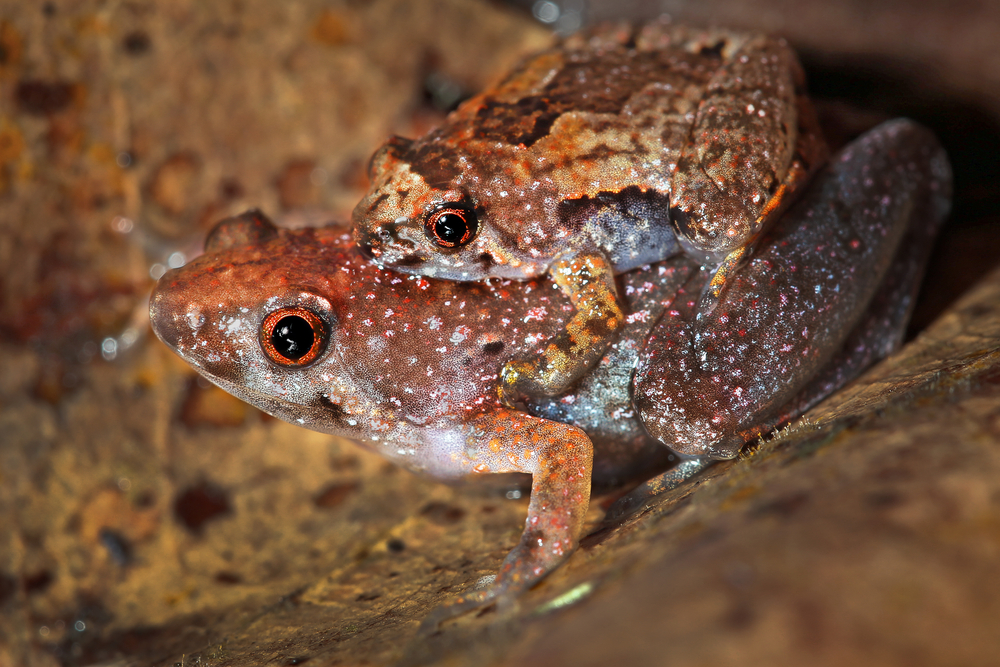
Another famous inhabitant of the forest is the Microhyla nepenthicola, also known as the Matang narrow-mouthed frog which was only discovered in 2010. For a short while, this was the smallest frog known to mankind at only 10-12mm long; a big deal for a tiny amphibian. Now it has been succeeded by the Paedophryne amanuensis, which measures an incredible 7.7mm long.
Edit: The matang narrow mouthed frog is actually found at the Matang Wildlife Park or the Kubah National Park in Sarawak and not the Matang Forest Reserve in Perak.
What to do in Kuala Sepatang
Experience the Matang Mangrove Forest Reserve
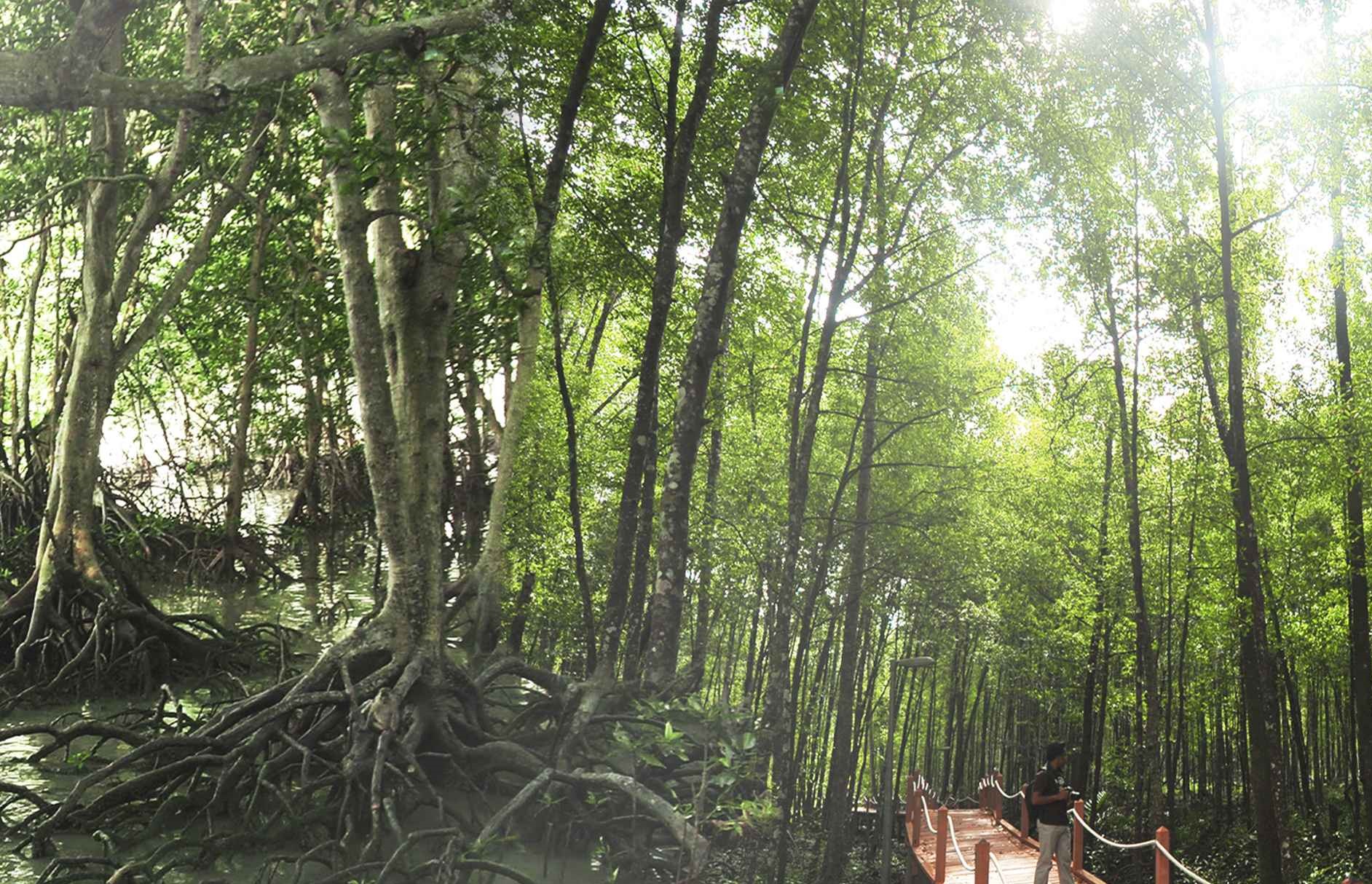
The reserve has been developed with a small number of wooden walkways, amenities, lighting and an information centre so that visitors can learn about the local wildlife and still enjoy the relatively untouched beauty of the forest. You can spend some time learning about the types of mangroves that make up the forest as well as the animals that inhabit the area. You might even glimpse a horseshoe crab while you’re there!
The Perak Government estimates that there are 41 species of mangroves in the forest and 19 mammals, including long-tail macaques, otters, and Malayan pangolins. However, the largest group of animals that can be spotted in this forest is birds.
In fact, the Matang Mangrove Forest Reserve is well known among birdwatchers, both locally and internationally, as a hotspot for resident and migratory water birds. An estimated 200,000 birds can be seen in the forest between August and April during these migrations, so you’ll be treated a magnificent view if you visit during that period.
Take a boat ride
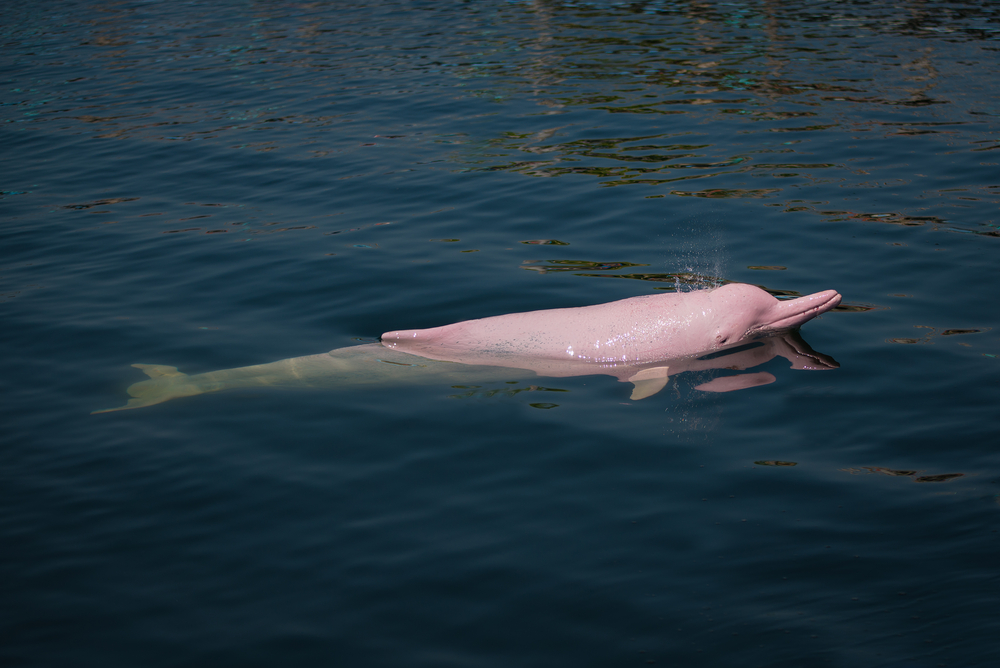
Another exciting thing to do is take a boat ride along the river. You’ll be able to see the fishing village up close, cruise through the forest, birdwatch and perhaps, if you’re lucky, spot a pink river dolphin!
The Sousa Chinensis is a humpback river dolphin native Asia. They have either white or pinkish skin and they like to swim along with the boats sometimes. If the boat take you further out, you might be able to spot a dugong, as well, which would quite memorable.
Visit a charcoal factory
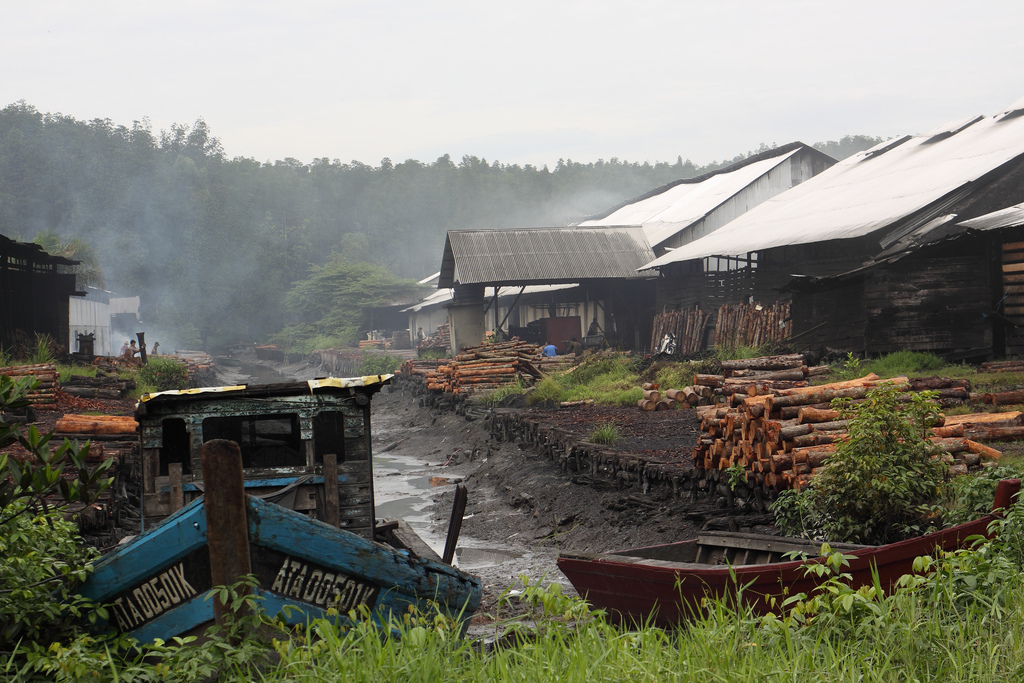
Another industry that thrives in Kuala Sepetang is charcoal making, which has been around since the 1930’s. The charcoal industry is booming here because of an abundance of material from the local mangrove forest.
To ensure the sustainability of the industry and protect the Matang Mangrove Forest Reserve, the Perak State Government has implemented a 30-year work plan in collaboration with the charcoal factories. After the trees are harvested, the area is replanted with more mangrove seedlings and the area then is off limits for 30 years.
The most popular charcoal factory that you can visit is Mr Chuah’s Charcoal Factory which is owned by Mr Chuan Chow Aun. Mr Chuah has gained a reputation among locals for being an enthralling storyteller and tour guide, so you can rest assured that a trip to the charcoal factory will be as educational as it is exciting.
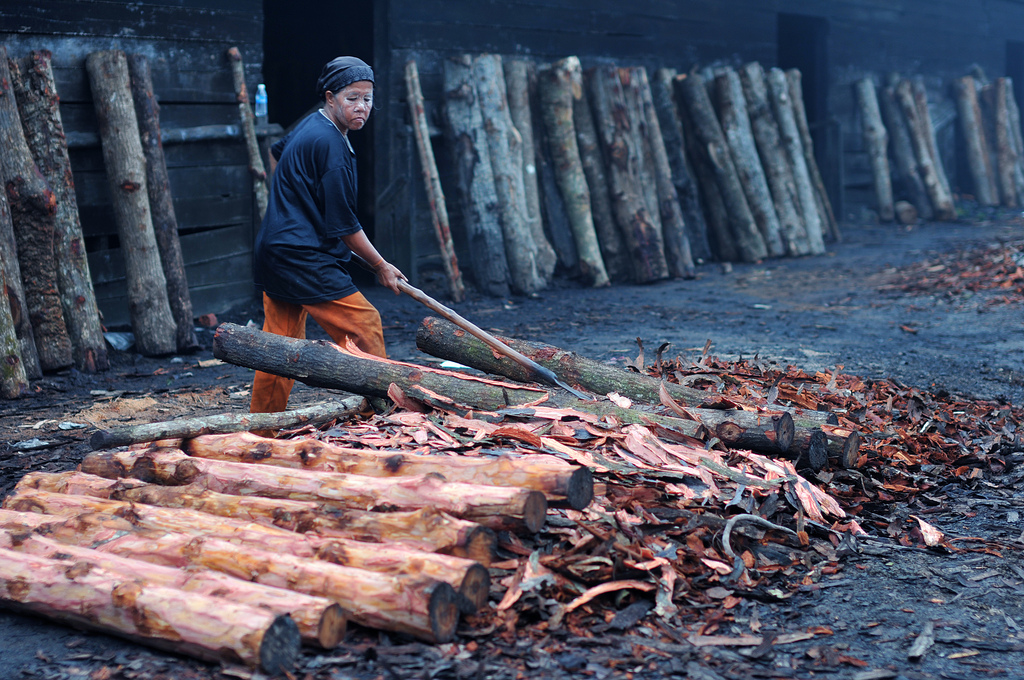
At the factory, Mr Chuah will teach you about the process of charcoal making, including choosing the right tree and debarking. And if you want, you can even try it out for yourself. Tours at the factory cost RM5 per person and arrangements can be made by calling Mr Chuah directly. You can find out more on the Charcoal Factory Facebook page.
Visit Kuala Gula
While you’re in the vicinity of the Matang Mangrove Forest Reserve, you can also drive up to Kuala Gula, which is on the northern edge of the forest where the Kuala Gula River meets the Malacca Straits in the district of Kerian. This small town gets its name from the town’s history when its main crop was sugar cane, which supplied the local sugar industry – as Kuala Gula translates to ‘sugar estuary’.
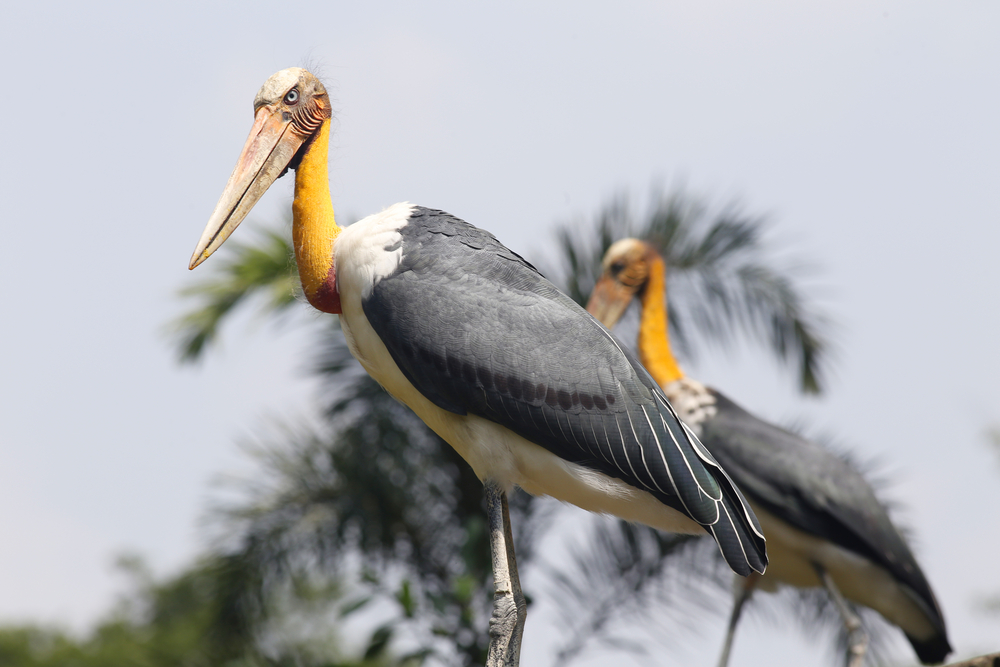
Driving up to Kuala Gula from Kuala Sepetang is like driving from Shah Alam to Ampang, only about 40km away. The detour will be worth it because Kuala Gula has some beautiful experiences to offer as well.
Birdwatch at the Kuala Gula Bird Sanctuary
The bird sanctuary is perfect for getting some wonderful snapshots of birds, either in flight, resting, or wading the waters. The Perak government estimates that there can be as many as 85,000 birds in the mangrove forest, so you’re bound to see some feathery creatures while you’re there.
In 2004, the entire Matang Mangrove Forest Reserve was classified as an Important Bird and Biodiversity Area (IBA) by Bird Life International. IBA’s are identified to enable the documentation and protection of birds all around the world, and since the Matang Mangrove Reserve is an important halfway point for migrating water birds, this classification is significant.
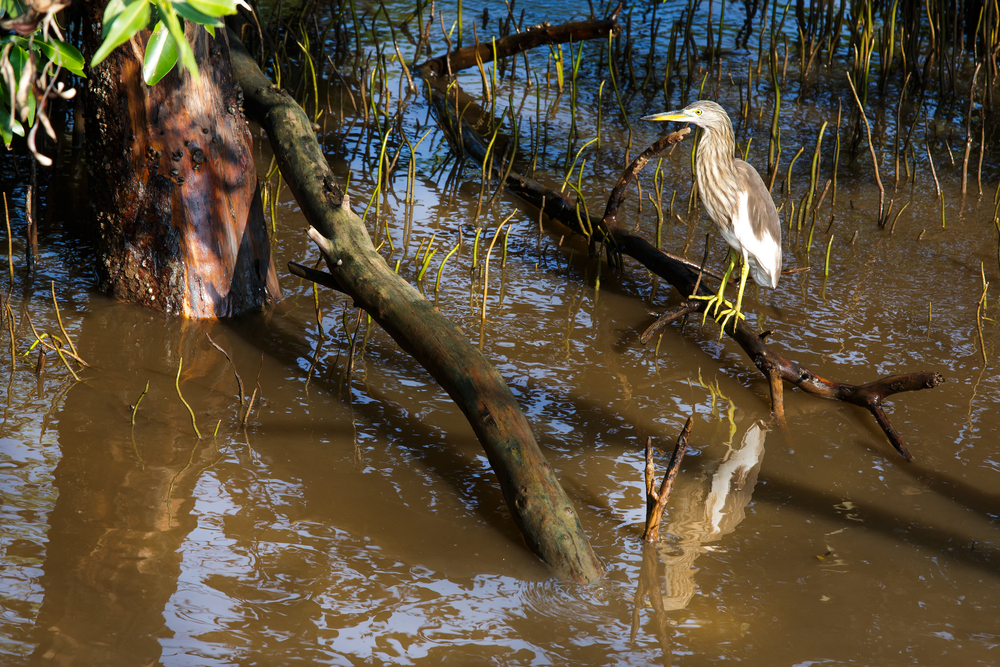
The Department of Wildlife and National Parks have identified about 166 species of birds in the area, including some globally threatened species such as the Milky Stork and the Lesser Adjutant. During migration season, the forest is also visited by a variety of other water birds such as the waders, herons, and egrets. If you’re lucky, you might even be graced with the presence of the hard-to-spot Chinese Egret, which is also a globally threatened species.
At the sanctuary, you can learn about the various species of birds that have been identified and the threat level of each species. For some fun times, Malaysian Nature Society has prepared a check list of birds that you tick off as you spot them. Bird bingo!
Learn about belacan (shrimp paste) at the factory
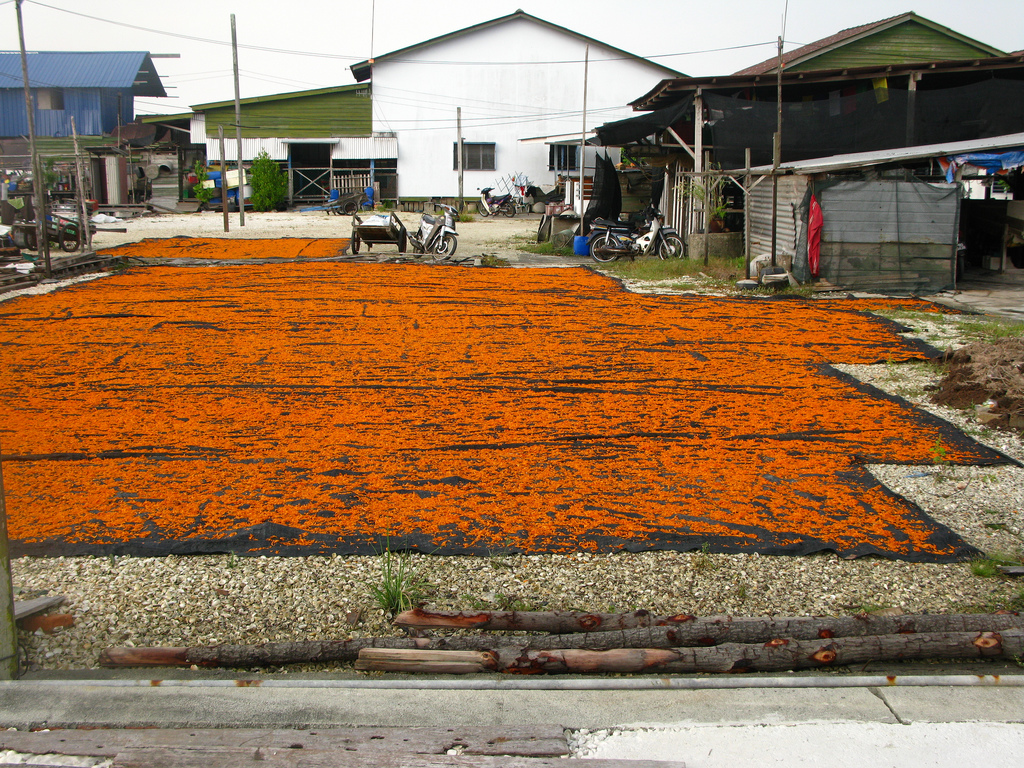
The Chinese fishing village at Kuala Gula supports a thriving cottage industry as well, making belacan (shrimp paste) and dried shrimp, both staples in many Malaysian kitchens. You can tour a belacan factory and learn about the processes involved.
Fair warning, though, if you’re unfamiliar with belacan, you’ll have to brace yourself for the smell as shrimp paste is made from fermented shrimp or krill. Despite the smell, this will definitely be an educational tour, especially for culinary enthusiasts.
Do you know of any unsung heroes or little-known Malaysian towns and want to see them mentioned here? Let us know in the comments below!
Follow us on Facebook or register for our weekly e-newsletter to keep updated.
"ExpatGo welcomes and encourages comments, input, and divergent opinions. However, we kindly request that you use suitable language in your comments, and refrain from any sort of personal attack, hate speech, or disparaging rhetoric. Comments not in line with this are subject to removal from the site. "

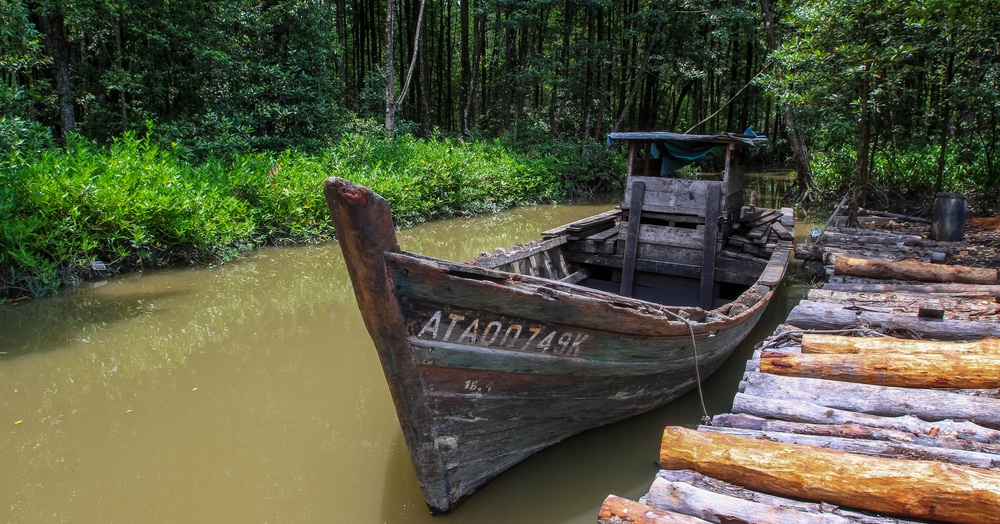

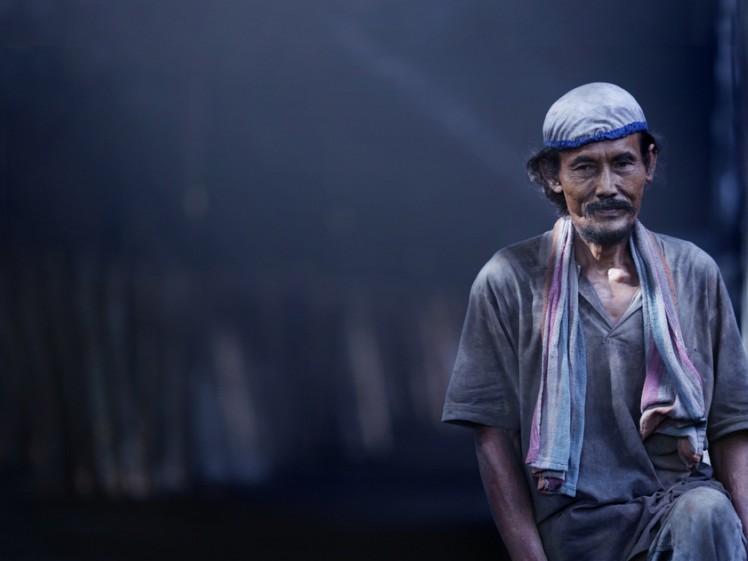
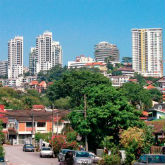





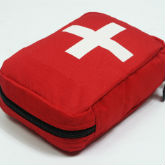

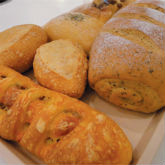
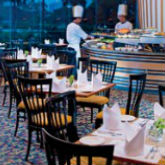
Belacan factory! Cool!
Mal Sharyf
Rachel Morriss
kampung Yuriy Fatah ni
Best place to eat Cockles (kerang). Large and juicy.
Yeeling Chua
Suloshina Rao and Kalaivani Subbramaniam !??? When ? After any one of us die ?
Let’s go then
Let’s go
Cun! … Suloshina Rao let’s plan
For me no problem…lets plan darlingssss. ?
Sorry, but i think you got some wrong info here, the Matang narrow-mouthed frog (Microhyla nepenthicola) can be found in Matang Wildlife/Kubah National Park, Sarawak, Not Matang Mangrove Forest Reserve. They breed in Nepenthes pitcher plant (as the name suggested), don’t think that it can tolerate brackish water of mangrove ecosystem.
Thanks for the heads-up, Badiozaman! 🙂
Kok Liang Tan Ng Sek Chuan Alex got shrimp paste making factory meh?
Can,t say we made it there,but there were few places we didn,t get to in the 5years we had the pleasure of living in this beautiful country. One of our favourite spots was Kuala Selangor and the amazing sight of the fire flies ,from a gentle punting experience on the river.We went many times as it was on the list of places to take all our guests to !!!
Kuala Selangor is pretty beautiful, we agree with you Dorothy 🙂
..macam anakonda..
Wow. Shrimp paste factory. How touristy. This is how one promotes a place? look at the descriptions of this place by others! Fire your writer n hire better ones perhaps. Or maybe they r working for free, which would explain it very well, then 🙂
I assume you are a professional writer to be making such judgments Sunil?! What’s wrong with touristy places?
Not a professional writer. Nothing wrong with touristy places either.
It shows that u couldn’t understand the essense of what I was pointing out.
The headline promoting a tourist spot which clearly has many attractions, is what I’m complaining about. A factory???? U could at least highlight the industry, or the reason why that’s an attraction isn’t of trying to attract tourists by saying there is a factory there.
Get me?
I dont know if u speak malay but i always go to kuala sepetang , there is even a museum there, but all u can highlight is kilang belacan ayoyo
Sunil Are you saying that leading with a mention of the factory isn’t fair to the region, because there are other attractions? I actually think the factory sounds quite interesting 🙂
It must smell er…
Batuhan Yavuz let’s go
My fren cross drive there lol
Ho Susan
Pavithra Mutusamy
we’ve been there!
dont remember seeing the shrimp paste factory
Kuala sepetang or port weld..aviators may know this place well
Mee udang?
To do what? A country with out human right.
Funny that you said that since Africa has been war torn since forever. 🙂
Ingin menjana income RM900 sehari ?PERCUMA je.. Tiada apa-apa bayaran dikenakan(kalau rasa program ni menipu, anda tidak rugi apa-apa sebab tak keluar modal pun).Anda hanya perlu open link dibawah dan register.Anda akan terus dapat USD20×4.4=RM81.60 selepas dapat link anda sendiri,copy ayat saya ni. paste ke Facebook,Twitter,Whatsapp dan sebagainya..
Setiap org yg buka link anda,anda akan dibayar. MUDAH kan?? Anda boleh pilih nk masuk ke akaun atau cek di pos ke alamat rumah anda. INGAT!!
Anda tidak rugi apa-apa.
Click link dibawah…
http://YouthToEarn.com/?ref=166080
bukan sekadar membantu anda sahaja bahkan mampu membantu orang lain.Kalau tak percaya join dulu baru anda tahu macam mana.
yeslah port weld
I was raised there…my home ….near to nature…used to rear goats… chicken…catch fighting fish in the jungle near by..had 2 durian tree and used to look for the fruits every mrg…wow what memory i had as chilhood
Beautiful memory
Gaithrie Nandrajog
Got. Their charcoal factory also been LOL
Tan Aaron Hahahaha
Its a nice place..with amazing seafood and very friendly ppl…and good to watch dolphins and Eagle
Danial SB cute do sini
Jegan KP laz go
Pascale Thierry Nivaux
Girlie Jothi
Yan Quan Tan
Well, have you, Anthony?